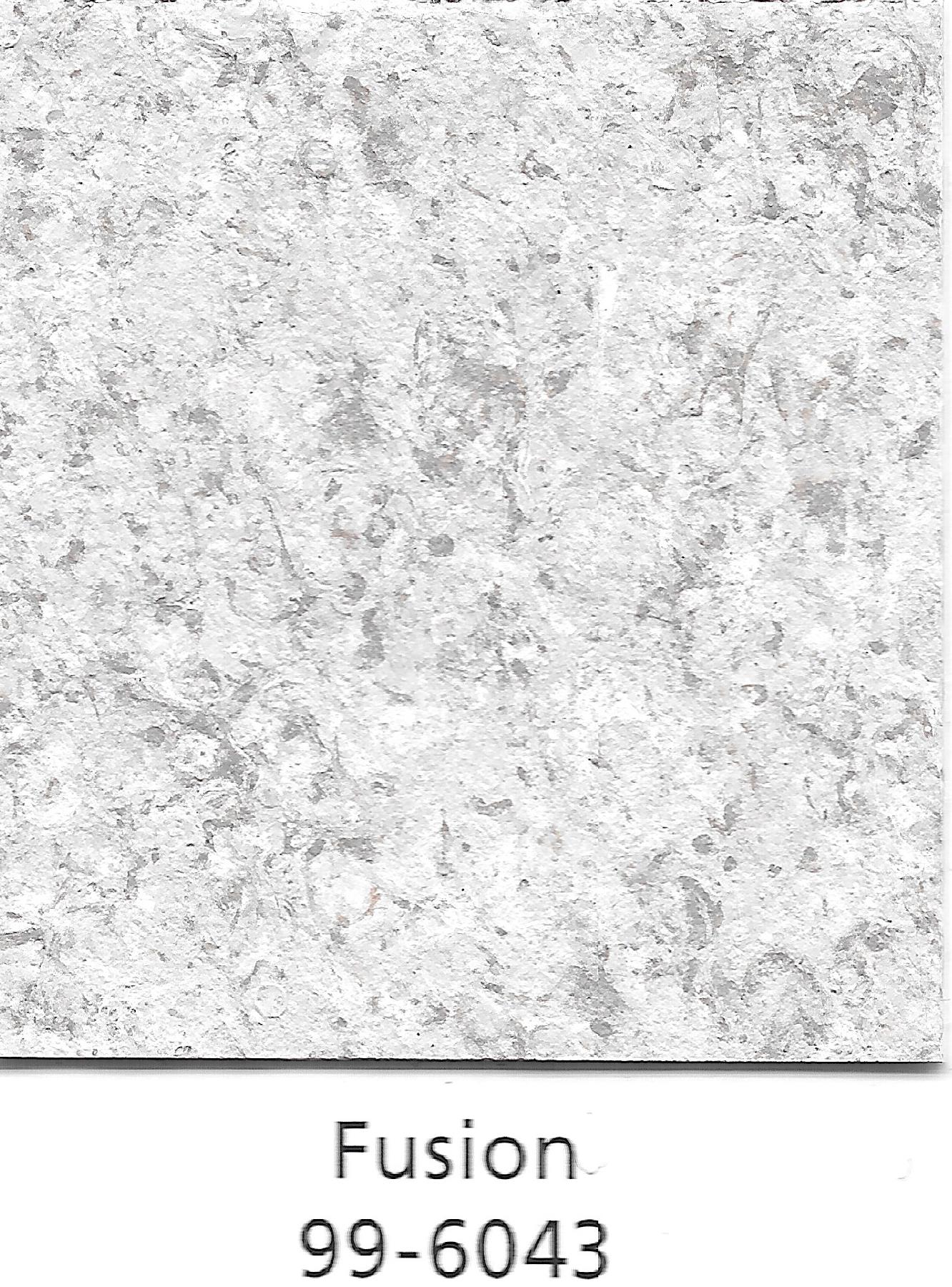
Whereas other types of rollers have a tendency to splatter paint as a result of the circular motion through which they operate, pad rollers are able to lie flat on surfaces, virtually eliminating splattered and dripped paint. They feature small wheels along their edges that help keep the paint application nice and straight. These unique rollers utilize a highly absorbent, flat pad to apply paint in straight, even strokes. Pad rollers are an effective tool for painting trim or edging. Surfaces that are textured, stucco, plaster, stipple ceilings, require a regular paint roller, but with a thicker nap, usually ¾ to 1-inch.” Pad Rollers Walls with flat or satin paint will do well with a 3/8-inch nap. TIP: Our painting consultant Pam Estabrooke, of ProTect Painters, says, “Ceilings that will be painted with flat paint can take a thinner, ½-inch, nap roller. One potential drawback to this type of roller is that it tends to produce a fair amount of paint drips if even a little too much paint is applied.

#MULTISPEC PAINT MANUAL#
In fact, if the handle is long enough, you can paint a ceiling with a manual roller without having to use a ladder.

Because of the length of their handles, manual rollers are particularly useful in painting high surfaces. These rollers are typically used to apply paint to walls and ceilings and, as such, have handles that feature connectors for handle extensions. Manual rollers are the most common type of paint roller.


 0 kommentar(er)
0 kommentar(er)
